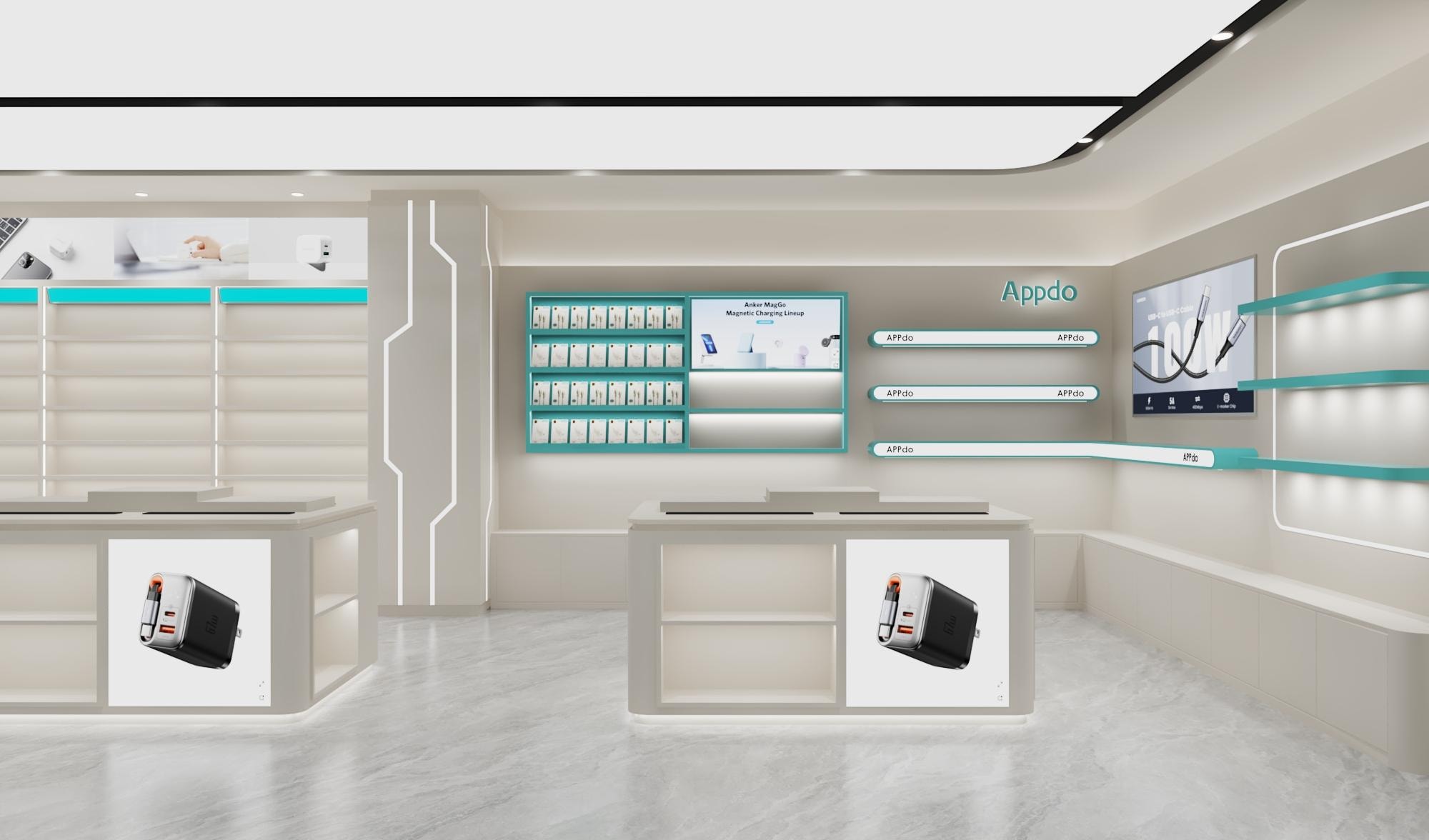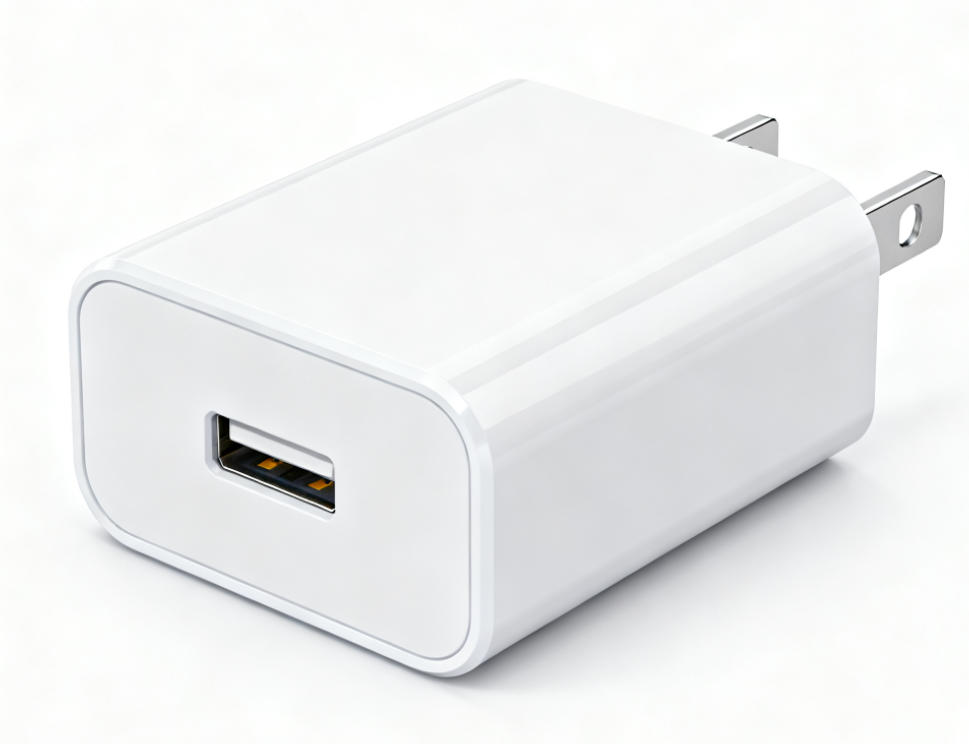
PD Charger Buying Guide: Why has it become an essential fast-charging tool for digital devices?
Updated on November 8, 2025
Today, smartphones, tablets, laptops, and other digital devices have become necessities for our work and lives, and battery life remains a core pain point for users. Among the many charging options available, PD chargers, with their advantages of high-efficiency fast charging and wide compatibility, are gradually replacing traditional chargers and becoming the first choice for digital enthusiasts. This article will provide a comprehensive understanding of this "fast charging marvel" by covering its core advantages, purchasing tips, and usage precautions.
Table of contents
- What is a PD Charger? Unlocking the Core Principles of Fast Charging
- The 3 Core Advantages of PD Chargers: Why Are They Worth Buying?
- 4 Key Points for Choosing a PD Charger: Avoid Pitfalls and Bad Buys
- PD Charger Usage Mistakes: Avoid These Common Errors
- Conclusion: The PD Charger – The "All-Round Fast Charging Companion" for Digital Devices
What is a PD Charger? Unlocking the Core Principles of Fast Charging
A PD charger, fully known as a USB Power Delivery charger, is a fast charging standard based on the USB-C interface. Unlike traditional chargers with fixed power output, PD chargers use dynamic power adjustment technology. They can intelligently match the output power to the device's charging needs, achieving "on-demand power supply." This technology not only significantly improves charging efficiency but also avoids potential battery wear caused by power mismatch, thereby extending the device's lifespan.
As the USB-C interface becomes the mainstream port for digital devices, the compatibility of PD chargers has further improved. A single PD charger can now meet the charging needs of various devices like phones, tablets, and laptops, eliminating the hassle of needing multiple chargers for multiple devices.
The 3 Core Advantages of PD Chargers: Why Are They Worth Buying?
Advantage 1: Fast Charging Efficiency Far Exceeds Traditional Chargers, Saving Time
Traditional 5V/2A chargers offer only 10W of output power, often taking 2-3 hours to fully charge a mainstream smartphone. In contrast, PD chargers cover a wide power range, from 18W and 20W to 65W, 100W, and even higher, adapting to different devices. For example, a common 20W PD charger can charge an iPhone 15 to over 50% in about 30 minutes, achieving a full charge in roughly 1.5 hours. A 65W PD charger can meet the fast-charging needs of thin-and-light laptops, charging the laptop battery to 80% within 2 hours, significantly reducing waiting time.
Advantage 2: Broad Compatibility with Multiple Devices, Enabling "One Charger for All"
Compatibility is a standout feature of PD chargers. Due to the use of the USB-C interface and a unified fast charging protocol, PD chargers can not only charge Apple and Android phones that support the PD protocol but are also compatible with various digital devices like tablets, laptops, Nintendo Switch game consoles, and Bluetooth headphones. For instance, a 65W multi-port PD charger can simultaneously power a phone (20W), a tablet (30W), and a laptop (65W) through its different ports. When traveling or working, carrying just one charger can meet the charging needs of all your devices, greatly enhancing convenience.
Advantage 3: Intelligent Safety Protection, Safeguarding Devices and Batteries
High-quality PD chargers have built-in multiple safety protection mechanisms, including over-current protection, over-voltage protection, short-circuit protection, and temperature protection. If voltage instability, excessive current, or high device temperature occurs during charging, the charger will automatically adjust the output power or cut off the power supply to prevent device damage or potential hazards like battery swelling. Furthermore, the intelligent power adjustment technology in PD chargers can automatically reduce the charging power when the device nears a full charge, switching to a "trickle charge" mode to minimize battery wear and extend the battery's cycle life.
4 Key Points for Choosing a PD Charger: Avoid Pitfalls and Bad Buys
Point 1: Choose the Right Power Rating Based on Your Device's Needs
When selecting a PD charger, first identify the fast charging power requirements of your devices. If it's primarily for charging a phone, an 18W or 20W PD charger is usually sufficient. If you need to charge a tablet and phone simultaneously, consider a 30W or higher single-port or multi-port charger. For laptop users, choose based on the laptop's maximum fast charging capability; thin-and-light laptops typically require a 65W PD charger, while high-performance gaming laptops might need 100W or more. Remember, a higher wattage charger isn't always better; matching your device's power requirement ensures optimal fast charging.
Point 2: Look for Reputable Brands and Safety Certifications
The quality of PD chargers on the market varies greatly, with some inferior products posing safety risks. Prioritize chargers from reputable brands, as their products undergo strict testing and offer better safety assurance. Also, check if the charger has authoritative safety certifications – these marks are important proof of product safety compliance.
Point 3: Consider the Number and Type of Ports
Choose between a single-port or multi-port PD charger based on your usage scenario. A single-port charger is more compact and portable if you only charge one device at a time. If you need to charge multiple devices simultaneously, a multi-port PD charger (e.g., with 2 or 3 ports) is a better choice. Pay attention to whether the multi-port charger's total power output can meet the simultaneous charging demands of all connected devices. Additionally, opting for a charger with all USB-C ports offers stronger compatibility for future digital devices.
Point 4: Prioritize Portable and Well-Ventilated Products
For users who frequently travel or are on the go, portability is a key factor. Many brands now offer mini PD chargers, which are about half the size of traditional chargers and lighter, making them easy to pack. Also, pay attention to the charger's thermal performance. High-quality chargers use heat-resistant materials and efficient cooling structures, preventing excessive heat during charging and further enhancing safety.
PD Charger Usage Mistakes: Avoid These Common Errors
Even with the right PD charger, incorrect usage can affect charging performance or damage your device. First, avoid using non-original or low-quality charging cables. PD fast charging requires compatible cables that support the fast charging protocol (e.g., USB-C to Lightning cable, USB-C to USB-C cable). Substandard cables might not handle high currents properly, causing fast charging to fail or even creating safety hazards. Second, avoid charging devices in high-temperature environments. For example, if your phone is hot from gaming, let it cool down before charging. Finally, unplug the charger from the power source when not in use for extended periods to avoid standby power consumption and potential safety risks.
Conclusion: The PD Charger – The "All-Round Fast Charging Companion" for Digital Devices
In today's world where the demand for fast charging is growing, PD chargers have become an essential accessory for digital devices due to their high-efficiency charging, broad compatibility, safety, and reliability. Whether at home, in the office, or traveling, a suitable PD charger can solve the multi-device charging dilemma and significantly improve the user experience. When buying, just remember the four key points: "Match Power, Choose Reputable Brands, Consider Ports, and Prioritize Portability" to select a cost-effective PD charger that makes every charging session both efficient and safe.


